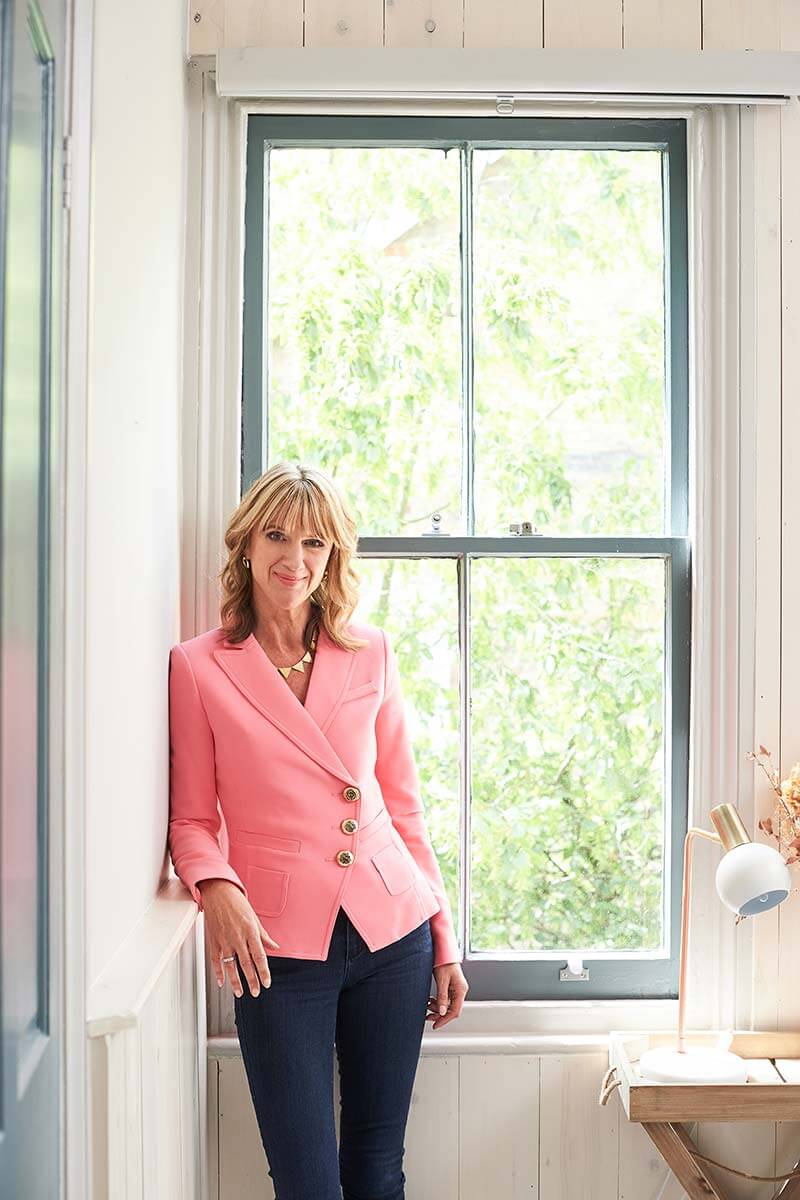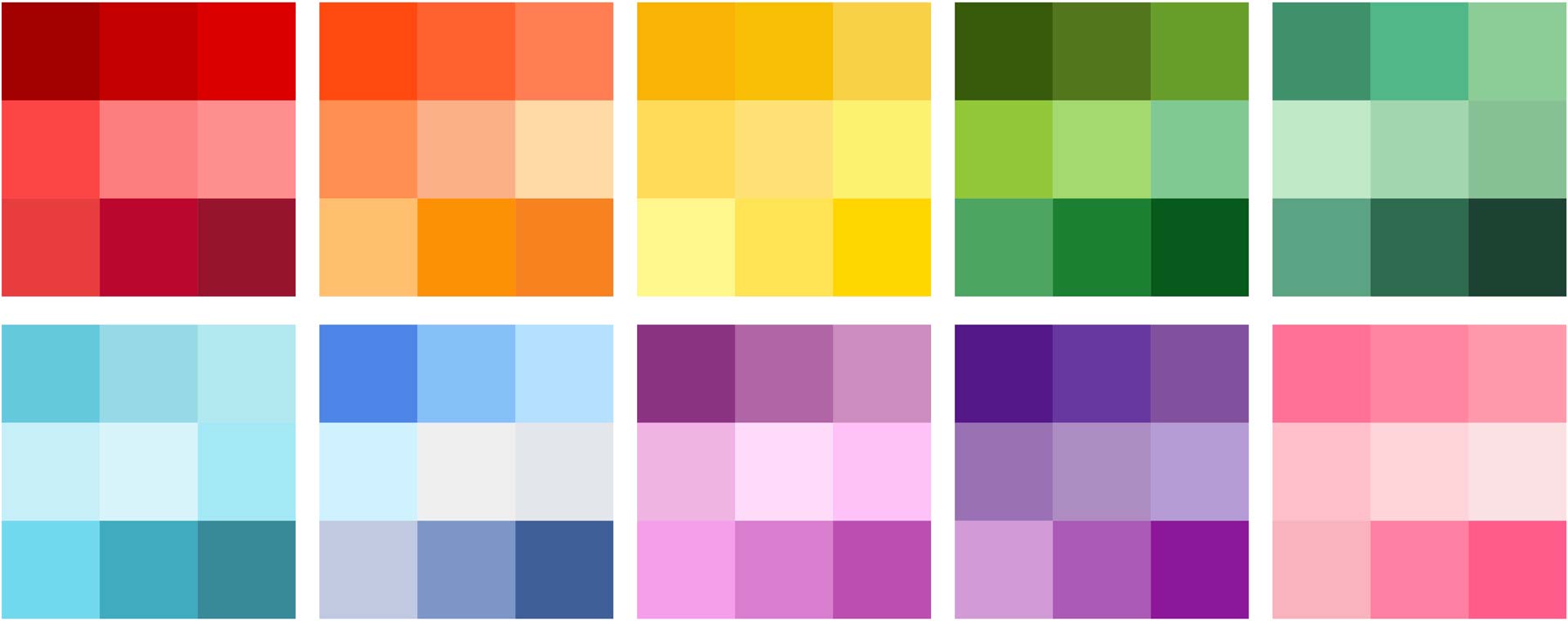PSYCHOLOGY
OF COLOUR
Jules Standish Colour Consultant

Mood boosting secrets
Whilst opinion varies on how much colour affects us, and taking into account cultural differences worldwide, there is no doubt that colour can expand our emotional feelings and connections to ourselves, to others and our environment.
Every colour has a purpose, an influence on you personally, and can affect your moods by stimulating or calming you. My job is to help you discover how each colour and its shades can enhance the way you look and feel about yourself, the image you project and how others view you. To make you feel more confident and happier about yourself, in a truly authentic and holistic way, learning how to combine different colours to highlight the best side of your personality, as well as looking fabulously chic and fashionable too.
Let’s take a brief look at the colours of the Rainbow, their shades and some key words that sum up their psychological properties:
We see rainbow colours visually as wavelengths of light, with red being the longest wavelength and therefore the most stimulating to our senses, along with orange and yellow. Green, blue and violet are the more calming, sedating colours having the shortest wavelengths of light. These rainbow colours affect not only our sight but our glands like the hypothalamus which regulates our metabolism, body temperature and our moods.

Red
Shades: crimson, scarlet, ruby, poppy, blood, pillar box, tomato, burgundy, true, bright, orange-red, brick, garnet, vermillion
Some positive benefits: energizing, stimulating, stand out, creates drama, confidence-boosting, is passionate, warms up a room
When to choose red: for a job interview, a promotion, a first date, as a tonic, getting motivated or active, showing you are driven, giving you confidence, making an entrance.
Orange
Shades: tangerine, peach, apricot, coral, bright, terracotta, burnt, pumpkin
Some positive benefits: uplifting, sociable, optimistic, daring, adventurous, fun-loving, warming, friendly
When to choose orange: for any social gathering, recovering from a trauma, bringing some optimism into your life, to feel happier, starting a new project.
Yellow
Shades: primrose, gold, daffodil, mustard, amber, bright, neon, buttercup, canary, honey
Some positive benefits: joyful, mentally stimulating, boosts creativity, brings the sunshine in
When to choose yellow: for clarity of mind, brightening up your life, creative thinking, overcoming fear, studying and exams.
Green
Shades: bottle, apple, mint, emerald, jade, sea, grass, forest, pine, olive, khaki, lime
Some positive benefits: friendly, balancing, harmonious, refreshing, humanitarian, restful
When to choose green: for clear balanced decision making, opening your heart center, de-cluttering, to increase productivity at work, any new beginnings.
Blue
Shades: cobalt, sky, navy, turquoise, aqua, cornflower, periwinkle, electric, royal, denim, midnight
Some positive benefits: trustworthy, reliable, good communicator, diplomatic, calming, relaxes the nervous system, helps to feel in control
When to choose blue: for a job interview, a first date, making a speech, needing to communicate openly, sitting exams.
Purple
Shades: ultraviolet, lavender, lilac, mauve, mulberry, deep
Some positive benefits: innovative, regal, luxurious, dreamy, inspiring, creative, meditative
When to choose purple: for any form of mediation, calming exercises like yoga, meditation or spiritual work, showing natural leadership
Pink
(Not actually a rainbow colour but we can’t possibly leave it out)
Shades: barbie, bubblegum, hot, fuchsia, magenta, rose, carnation, salmon, coral, flamingo, strawberry
Some positive benefits: loving, compassionate, kind, fun loving, feminine, empowering
When to choose pink: if you work in a caring sector or a charity, need to show kindness or compassion, to boost your own sense of empowerment and show an independent spirit
Find out more
For more information on personal Colour Analysis go to the CONTACT page or buy my books to discover the benefits of Colour Psychology for your well-being
